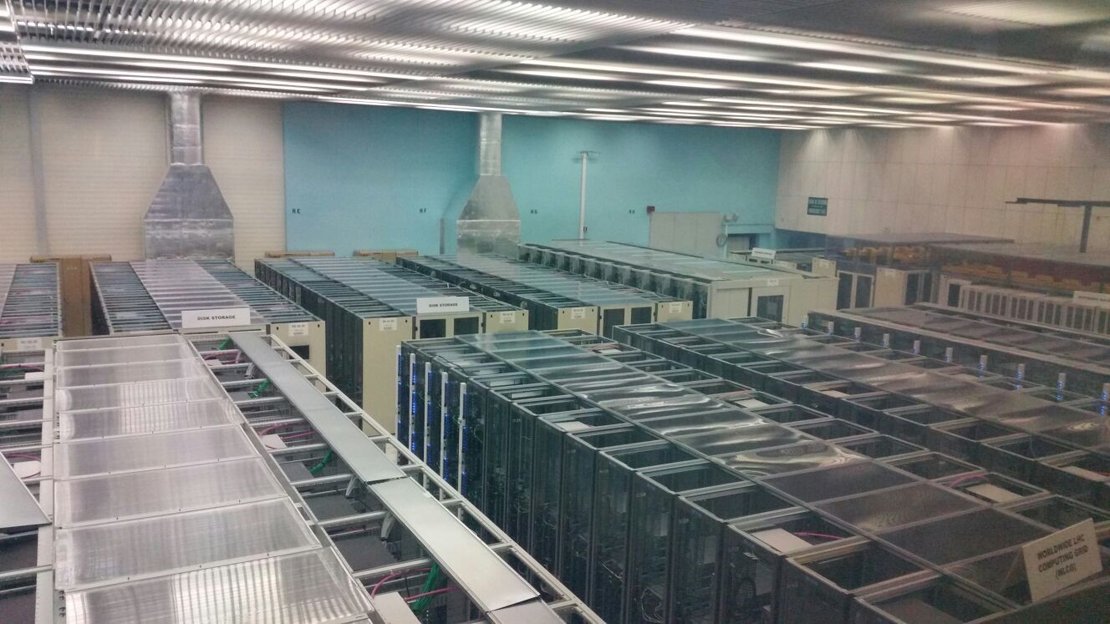This summer, Egbert Loeffen’s personal pursuit has been focused on understanding particle physics through an internship at CERN.

“I have always been fascinated by knowing how nature works and why it is the way it is. On the most fundamental level, this is described by particle physics, so I knew I wanted to know more about this topic. From an extra-curricular program which I participated in in high school, I knew a professor who worked at CERN. At the beginning of the year I just took a shot and sent him an email asking if it would be possible to have an internship myself at CERN so that I can learn more about particle physics. And now I am here, experiencing CERN and particle physics!”
Egbert Loeffen is working to observe a rare way of producing top quarks, the heaviest elementary particle. Typically, when a top and anti-top quark pair are created, it’s the result of two protons colliding. This results in the destruction of the particles, and is called ‘non-exclusive production’. With this project, they look at a way in which these pairs can be produced in the Large Hadron Collider called ‘exclusive production’:
“This is a very rare event where the two protons do not fully collide, but only 'approach' each other and exchange some carrier particles (gluons or photons)… Since the protons on this exclusive production do not fully collide, they do not break down, but continue their flight”.
Regardless, they have still lost some of their energy, and so will not stay on track in the Large Hadron Collider. They fly into the roman pots of the CTPPS (CMS-TOTEM Precision Proton Spectrometer). From here you can measure the lost energy and compare it to data from another detector, the CMS detector. If the data matches, they can confirm that ‘exclusive production’ has taken place, and a top quark pair has been created.
“If we can observe this 'exclusive production', that would be the first time that this process is observed for top quarks!
Over the past three weeks we have split up the project in three parts; one person worked with reconstructing the mass from the roman pot detectors and from the CMS detector, someone else worked with comparing the measurements with the actual generated values in simulations (we work a lot with Monte Carlo simulations), and I have compared the simulations of exclusive and non-exclusive production to see which differences are expected. When all these parts come together, we can say something about having observed exclusive top pair production!”
“Currently, there are a lot of students here following the summer student program. In the morning I join this program, which consists of three lectures by researchers here at CERN. After lunch, I start working on my project. I do this with two other students, who will continue after I leave. Sometimes I can have an excursion to a cool place at CERN, like the control room of the CMS detector!… Everyone here is very open and willing to help you in any way, whether it is with your project or to show you around some facilities. This openness is very motivating, which makes it quite easy to work here!”
“It is amazing to experience the enthusiasm of all the people here and the massive size of this experiment... I especially love working on the project together with the two other students. I really feel like I contribute to something bigger and it is very special to be able to discuss actual results with researchers!”
University College Twente offers a unique bachelor’s programme, Technology, Liberal, Arts and Sciences, to top students. Visit the University College Twente website for more information about the college and Technology, Liberal, Arts and Sciences website for more information about the bachelor program. Or visit us during the Open day, a student-for-a-day or an in_sight day.




